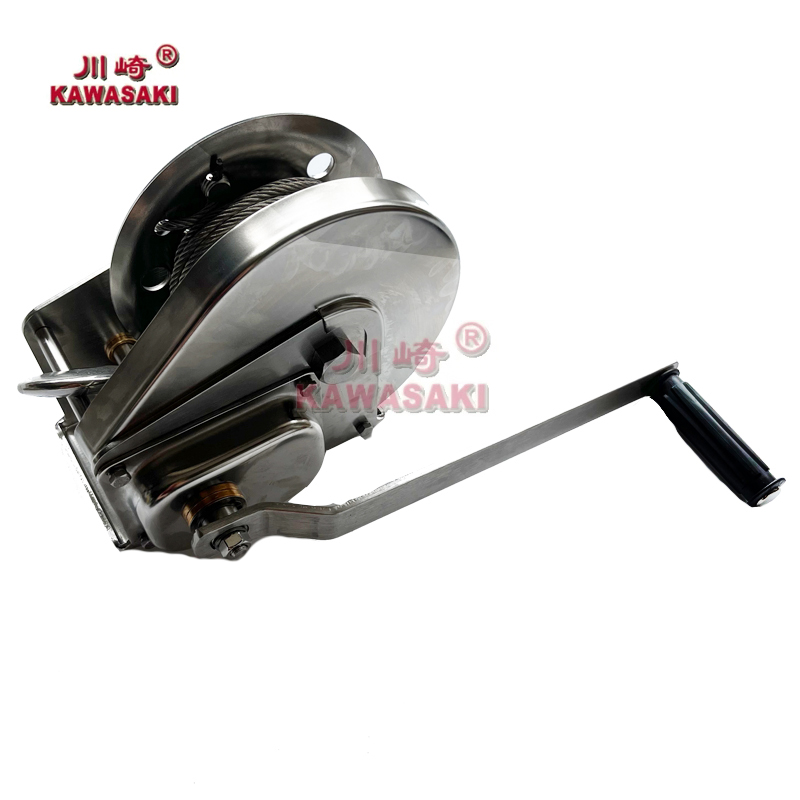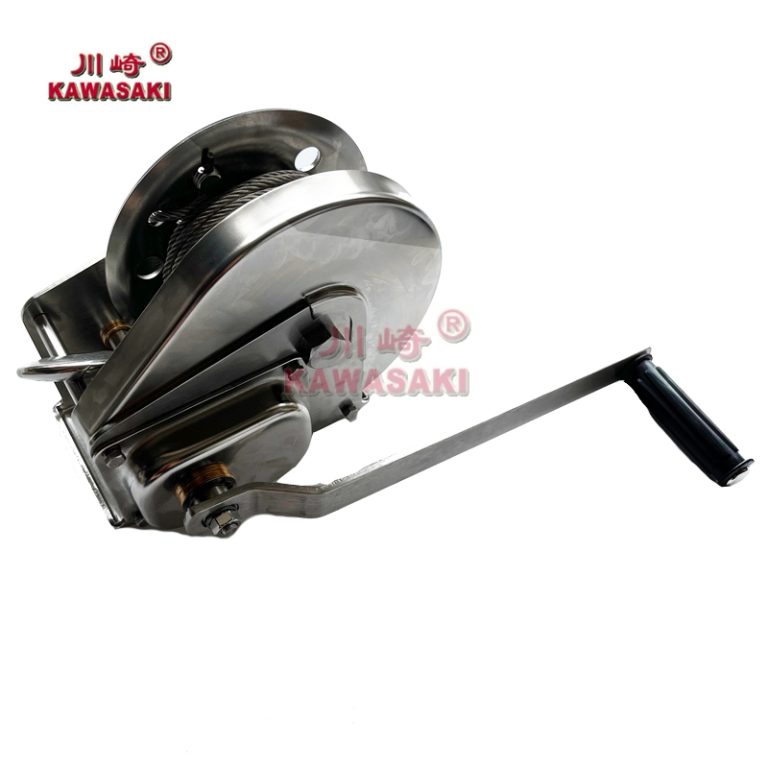Winches are versatile mechanical devices that play an essential role in various industries. Their primary purpose is to pull, lift, or lower heavy loads using a cable or rope wound around a rotating drum. This document explores the structural components of a winch, the different types available, and the wide range of applications across industries.
Structural Components of a Winch
A winch consists of several key components that work together to perform its function effectively. These components include:
- Drum:
- The drum is the central cylindrical component of a winch where the cable or rope is wound. It rotates to wind or unwind the cable, allowing for the movement of loads. Drums are usually made from durable materials such as steel to withstand high tension and heavy loads.
- Cable or Rope:
- Typically made of steel wire or synthetic materials like nylon, the cable or rope bears the load and transfers the pulling force. The choice of material depends on the application, with steel being preferred for heavy-duty tasks and synthetic ropes being lighter and more flexible.
- Motor:
- Winches can be powered by electric, hydraulic, or pneumatic motors. The motor drives the drum’s rotation, providing the necessary force to move the load. Electric motors are common in smaller winches, while hydraulic motors are used for heavy-duty applications.
- Gear System:
- The gear system amplifies the motor’s torque to manage heavier loads. Common gear types include spur gears, worm gears, and planetary gears, each offering different advantages in terms of efficiency and load capacity.
- Brake System:
- The brake system ensures that the load remains secure when the winch is not in operation. Automatic braking systems are standard in modern winches to enhance safety.
- Control System:
- Winches are equipped with control systems for precise operation. These can be manual levers, remote controls, or advanced electronic systems that allow for fine-tuned operation.
Types of Winches
Winches come in various types, each designed for specific applications. The main types include:
- Electric Winches:
- Powered by electric motors, these winches are popular for their ease of use and efficiency. They are commonly used in automotive applications, such as towing and off-road recovery.
- Hydraulic Winches:
- Driven by hydraulic systems, these winches offer superior power and are suitable for heavy-duty industrial and marine applications.
- Manual Winches:
- Operated by hand, manual winches are simple and reliable, often used in smaller-scale operations like raising sails or moving lightweight loads.
- Pneumatic Winches:
- Powered by compressed air, pneumatic winches are used in environments where electricity or hydraulics are not feasible, such as in hazardous or explosive atmospheres.
- Capstan Winches:
- Featuring a vertical drum, capstan winches are ideal for marine applications, including anchoring and mooring.
Scope of Use Across Industries
The winch is an indispensable tool across numerous industries due to its versatility and reliability. Here are some notable applications:
- Construction:
- Winches are used to lift and position heavy construction materials such as steel beams, concrete blocks, and machinery. Hydraulic winches, in particular, are valuable for large-scale construction projects.
- Marine:
- In maritime settings, winches play a vital role in anchoring, towing, and mooring operations. Capstan and hydraulic winches are frequently employed for their ability to handle heavy loads in harsh marine environments.
- Automotive and Off-Roading:
- Electric winches are standard equipment on off-road vehicles and recovery trucks. They help recover stranded vehicles and assist in navigating challenging terrains.
- Mining:
- Mining operations require robust winches to transport equipment and materials. Hydraulic winches are preferred for their strength and durability in these demanding conditions.
- Entertainment:
- Winches are used in the entertainment industry for stage rigging, moving set pieces, and controlling special effects. Precision and smooth operation are critical in these applications.
- Forestry:
- Forestry winches assist in dragging logs and clearing land. They are often mounted on tractors and are essential for efficient timber extraction.
- Energy Sector:
- In oil and gas and renewable energy sectors, winches are used for handling cables, positioning heavy equipment, and maintenance tasks.
- Aviation:
- Aircraft maintenance and assembly often require winches to lift and position components safely and accurately.
- Search and Rescue:
- Winches are critical in rescue operations, enabling the safe lifting and lowering of personnel and equipment in challenging environments.
Advantages and Considerations
Advantages:
- Versatility: Winches can be adapted for various tasks and industries.
- Efficiency: They reduce manual labor and increase productivity.
- Safety: Modern winches come with advanced safety features such as automatic braking systems.
Considerations:
- Load Capacity: It is essential to select a winch with an adequate load capacity for the intended task.
- Maintenance: Regular maintenance is necessary to ensure longevity and reliability.
- Environment: The operating environment determines the type of winch best suited for the job (e.g., pneumatic winches for hazardous settings).
Conclusion
The winch is a versatile and indispensable tool with a robust structure and a wide range of applications. From lifting heavy materials in construction to rescuing vehicles in off-road scenarios, winches are engineered to meet the demands of various industries. Understanding their structural components, types, and applications allows users to select the appropriate winch for their needs, ensuring efficiency, safety, and reliability.



